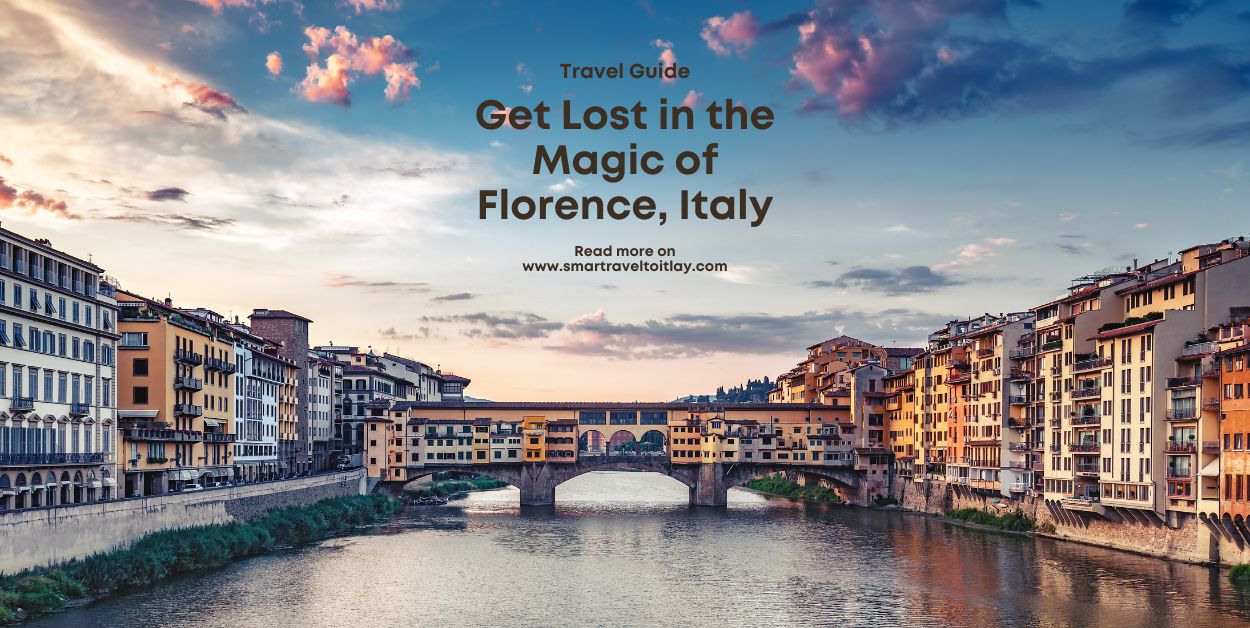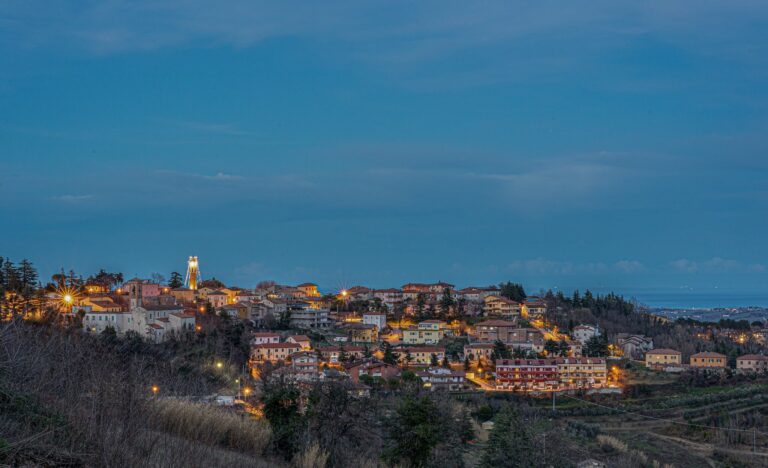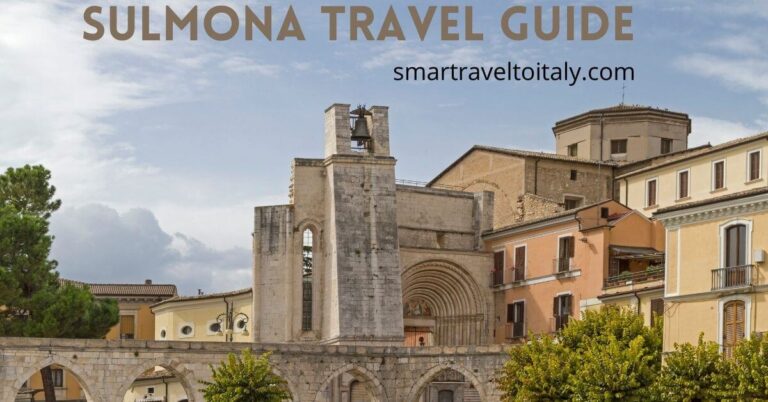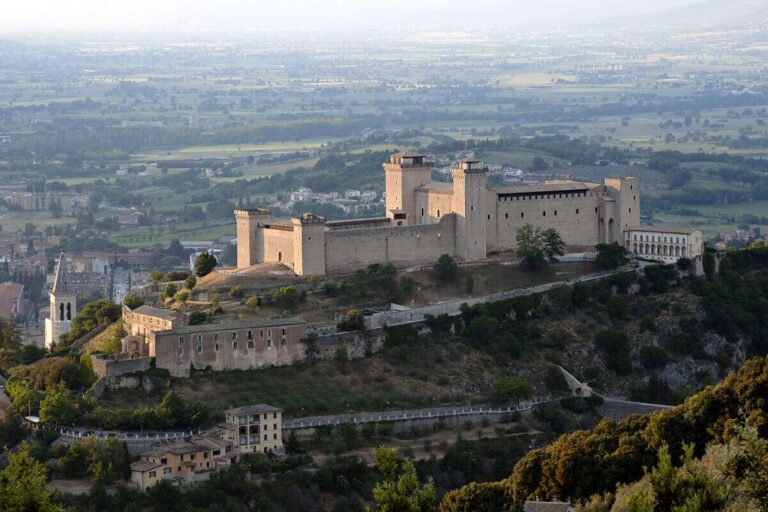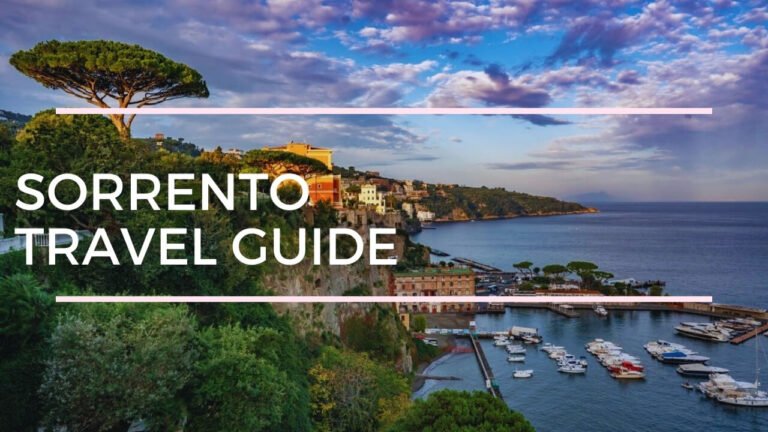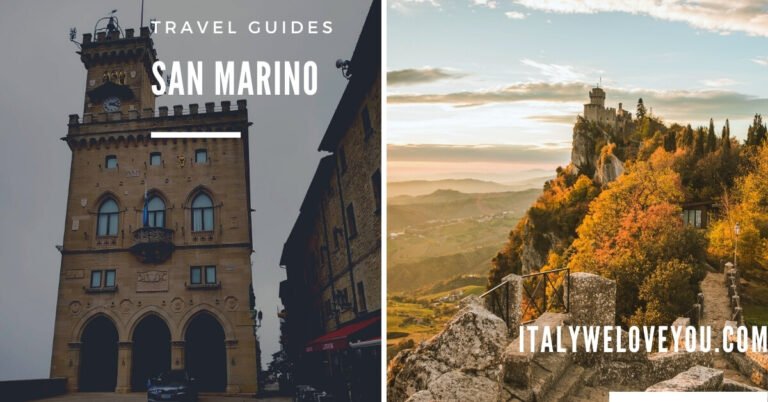Best Things to Do in Florence, Italy
Florence, Italy: birthplace of the Renaissance. In this capital city in the heart of Tuscany, you can find all the most beautiful and delicious parts of Italian culture. The most famous and magnificent works of renowned artists Michelangelo, da Vinci, and Botticelli can be viewed in Florence’s museums. There are countless churches, all beautifully preserved like pristine museums. Delicious, locally-sourced specialties, such as Chianti wine and pasta al cinghiale (wild boar), can be found in every traditional restaurant.
Florence’s history is rich and long. It now lives on forever in the historic buildings preserved
throughout the city. If you want to capture Florence’s magic, you will need to visit these
seven locations.
1. Santa Maria del Fiore
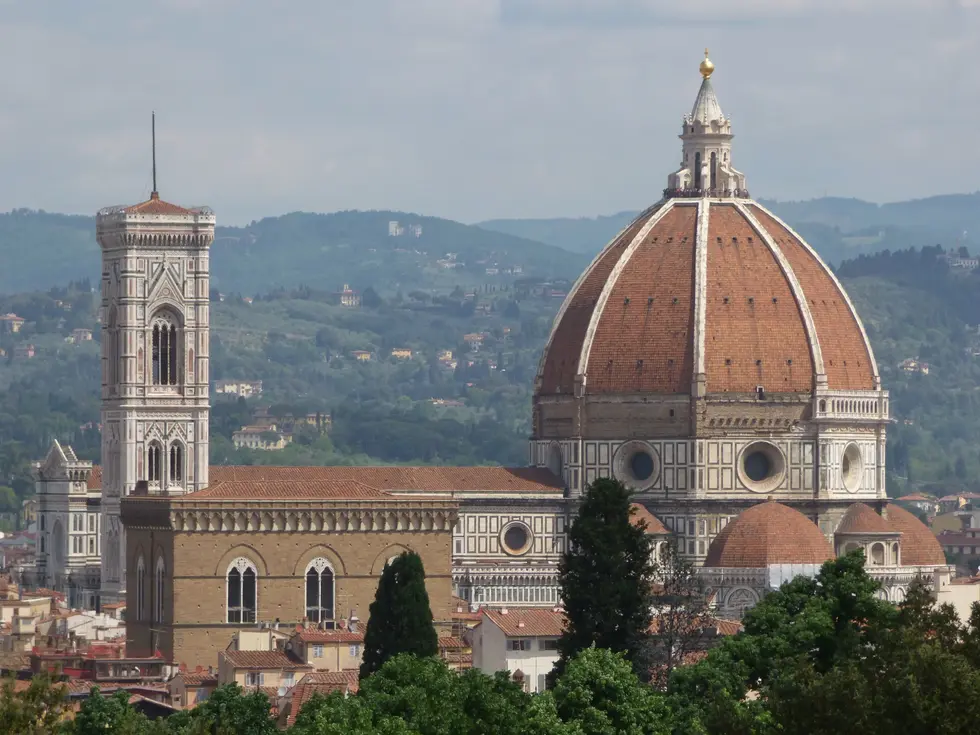
The Santa Maria del Fiore, affectionately referred to as the “Duomo” by locals, is a majestic
cathedral in the heart of Florence. The entirety of the church is made up of 3 buildings: the
cathedral itself, the baptistery, and the campanile, alongside a newer fourth building that serves as a museum. The cathedral is free to visit; however, you need to buy a ticket to climb to the top of the cupola (dome) or descend to visit the remains of the Basilica of Santa Reparata upon which the Duomo was built.
The winding climb to the top of the dome can appear a bit daunting at first, but is 100% worth the trek. Renaissance architect Filippo Brunelleschi designed the dome. From inside, you can get up close and personal with The Last Judgement, a massive fresco painted on the interior ceiling of the dome. Then, at the end of the climb, you walk outside and along a terrace on the dome’s exterior. From this vantage point, you can take a deep breath and recuperate while observing Florence from a bird’s-eye-view.
Another building that makes up the Santa Maria del Fiore is Giotto’s Campanile. This gothic
bell tower is accessible with ticket purchase. On yet another steep climb to the top, you can read about the history of Giotto’s architectural masterpiece. While not quite as tall as the terrace of the cupola, the top of this bell tower also provides a breathtaking view of the city.
2. Uffizi Gallery

The Galleria degli Uffizi is one of the most famous art museums in the world, next to the Louvre.
Interestingly enough, the Uffizi was not always intended for art exhibition. Originally, the building
was meant for government purposes and served as the offices of the Magistrates. Later, Cosimo I of
the prominent Medici family commissioned the building of a passageway, now called the Vasari
Corridor, that would connect the old government building (Palazzo Vecchio) to the new. Then an
addition to the passageway was built to connect the new offices to Palazzo Pitti, the then home of
the Medici family (more to come on this building later on). With the purchase of a special ticket, you
too can walk along the famous Corridoio and follow the footsteps of the Medici.
Inside the Uffizi Gallery, you can view many of Italy’s most famous works of art spread out
across 2 levels of the U-shaped building. Keep an eye out for Botticelli’s Primavera and The Birth of
Venus, Caravaggio’s Medusa, and Artemisia Gentileschi’s Judith and Holofernes.
3. Galleria dell’Accademia

Florence is home to two well-known art museums. While the Uffizi Gallery is larger and holds more
works of art, the Accademia holds the single most famous piece of art in the city: the David by
Michelangelo. Unlike some other world-renowned works of art that are surprisingly underwhelming
in person (the Mona Lisa is unexpectedly small and hard to get a good view of in the crowded
Louvre, according to this author’s humble opinion), the David actually meets – nay, exceeds
expectations. As the story goes, this massive statue was created by Michelangelo in the beginning of
the 1500s out of a barely-used and then abandoned block of marble. The statue, finished after 2
years, was first erected outside of Palazzo Vecchio before it was moved to its current home in the
Galleria dell’Accademia. For this reason, a replica was later put up outside Palazzo Vecchio where
the original once stood. Another replica can be found in Piazzale Michelangelo.
4. Piazzale Michelangelo
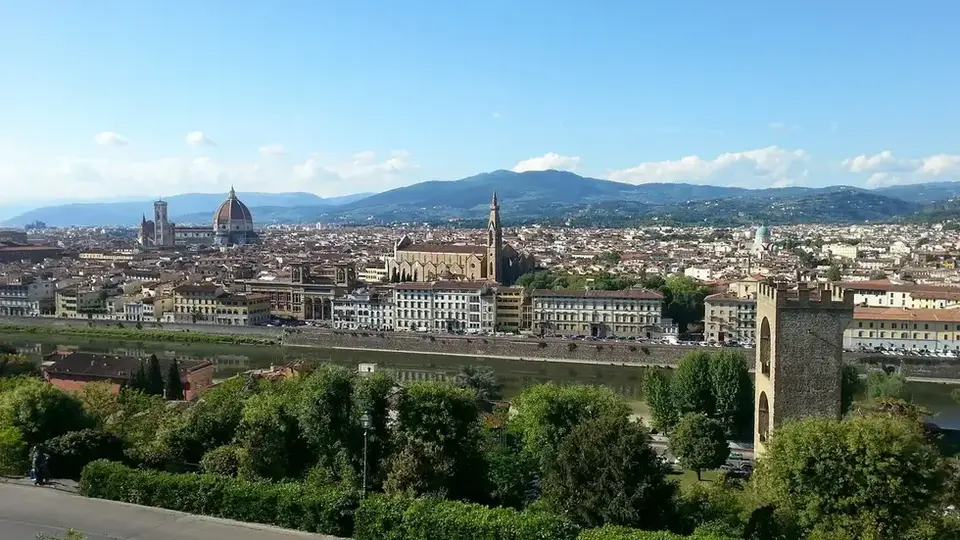
The replica of the David is not the main reason Piazzale Michelangelo has become a favorite hangout spot for locals and tourists alike. The piazzale is a large piazza resting halfway up one of the
many hills of Tuscany. Once there, you are greeted with a beautiful view looking into the city center
from outside. In addition, you can pinpoint each of the most prominent landmarks: Ponte Vecchio (keep
reading. I’ll tell you more), the Duomo, Palazzo Vecchio, and the Basilica of Santa Croce.
Before descending the hill, however, I recommend one pit stop at a nearby monastery. From the
piazzale, you can see San Miniato al Monte, an old church still inhabited by monks. This church is
open to the public where you can see its artistic tile patterns, mosaics, and other works of
art. This church is equally as beautiful as the Duomo and Santa Croce but less populated, allowing
for a more serene experience.
5. Ponte Vecchio
When you picture Florence in your mind, it’s likely that you are conjuring up the image of a strangelooking bridge. That bridge is known as Ponte Vecchio (“old bridge”). The famous
Vasari Corridor passes over the top, giving this bridge the strange covered shape. A meat market
used to line the bridge (perfectly located for dumping the unwanted extra bits into the Arno) until
the Vasari Corridor was constructed, at which time the smelly butchers were evicted and replaced
with jewelry sellers like you can still find lining the ground-level of the bridge today. No ticket is
required to view this famous landmark, although pay attention to your wallet as you cross the
bridge – you may find yourself tempted to buy something from the windows of the luxurious gold
and jewelry stores.
6. Palazzo Pitti (and the Boboli Gardens)

If you follow the Vasari Corridor from the Uffizi Gallery and across Ponte Vecchio, you will eventually
wind up at the other end of the passageway: Palazzo Pitti. This was the home of three of the
greatest Florentine families for centuries. Now, it serves as a museum that features various
interesting exhibits: the Palatine Gallery, the Imperial and Royal Apartments, the Museum of
Costume and Fashion, the Treasury of the Grand Dukes, and the Gallery of Modern Art. This wide
array of exhibits will keep you intrigued and entertained for the entirety of your visit.
On a lovely sunshine day, you can also purchase a second ticket to visit the Boboli Gardens, with an
entrance right in the courtyard of Palazzo Pitti as well as other entrances spread out around the
gardens’ external walls accessible by the street. Continue your delusions of grandeur after visiting
the Imperial Apartments by taking a stroll through the stately courtyard. As you wander the gardens
like the nobility of yesteryear, you can admire various statues and fountains, as well as greenery,
flowers, and even lemon plants.
7. Mercato Centrale
Italy is, rightly so, famous for its cuisine. If you are looking for a more unique experience of culture
(and some food!), grab a bite to eat at Mercato Centrale. This food market is open every day –
although it is worth noting that the ground floor is only active Monday through Saturday. On the
ground floor, you can find a ton of booths selling various foods and other specialty goods. This is a
great option for finding ingredients if you want to cook up some fresh meat or homemade pasta
from your rented apartment. On the upper level, you will find a bustling food court made with all
fresh and delicious food. This too is ideal if you and the rest of your traveling party cannot decide on
what type of food you want to eat – pasta, pizza, panini, sushi or something that isn’t Italian. In the
center of the floor you can find a giant rectangular bar that serves coffee and other drinks. This
makes for a great stop for a mid-morning coffee break, lunch, apertivo, or even dinner.
Get Lost in the Magic of Florence, Italy
Florence, Italy is a beautiful vacation spot; there is something to discover around every corner, both in
the city center and the outskirts of the city. However, remember that most of these popular locations can get
pretty busy during the high season – so be sure to plan when you want to visit a famous
building and reserve your tickets if applicable. Buon Viaggio!
